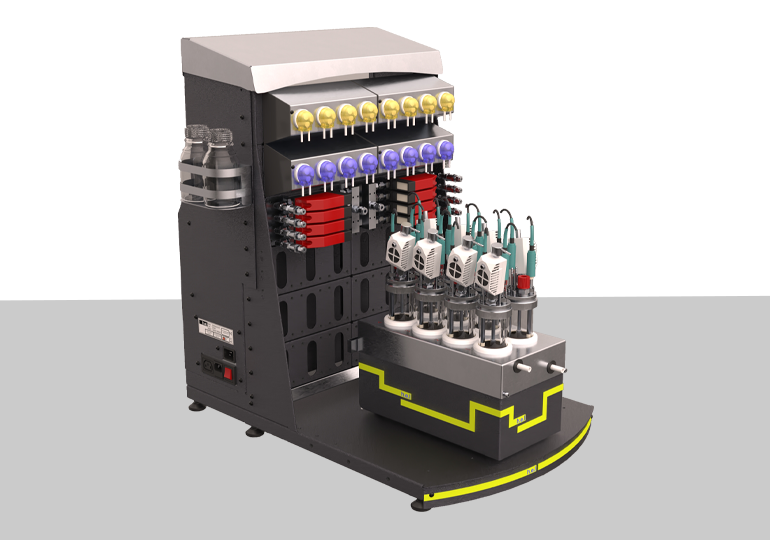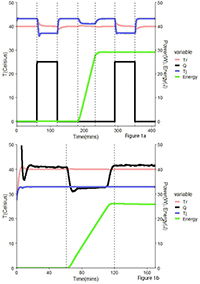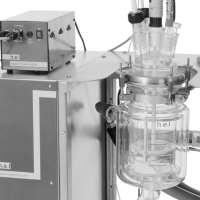In this section, you will find a library of specific case studies/application notes demonstrating the extensive functionality of how scientists are using H.E.L equipment in all the fields of work, including research, scale-up, and production. These case studies show real results and demonstrate our equipment’s performance in applications for biotechnology, thermal hazards, catalysis, calorimetry, flow chemistry, parallel processing, crystallization, and particle studies. These application notes and case studies are subject to copyright. To use any part of this work, please contact us.

Operating the BioXplorer 100 as a Turbidostat to Maximize High-Density E. coli Cultivation
The BioXplorer 100 can function as a turbidostat to maintain stable, high-density E. coli cultures. Using its BioVIS probe and WinISO-controlled pumps, it adjusts medium flow based on real-time turbidity. A non-linear calibration curve enables accurate cell density measurements at high biomass, supporting reproducible bioprocess development, consistent physiology studies, and controlled experimental evolution.

Comparison of different calorimetry methodologies using Simular reaction calorimeter
Reaction calorimetry is a fundamental tool in the evaluation of chemical processes by measuring heat exchange. In this study, we compare results obtained from Heat Flow (HF) and Power Compensation (PC) methodologies utilizing H.E.L’s Simular. HF is considered the standard methodology in industry, which tracks temperature gradient across the jacket wall in reactors, whereas PC maintains a stable temperature throughout the process by adjusting and measuring differences in electrical power. We assess the performance of both methodologies using acetic anhydride hydrolysis.

Calorimetry: Heat flow versus power compensations methods
In this note, we compare the fundamentals and operation of two calorimetry methodologies that the Simular performs: heat flow and power compensation. The mathematical calculations to calculate the energy produced or absorbed by the chemical reaction are presented. The last section directly compares both methods in terms of measurements, temperature control, accuracy, and time.


